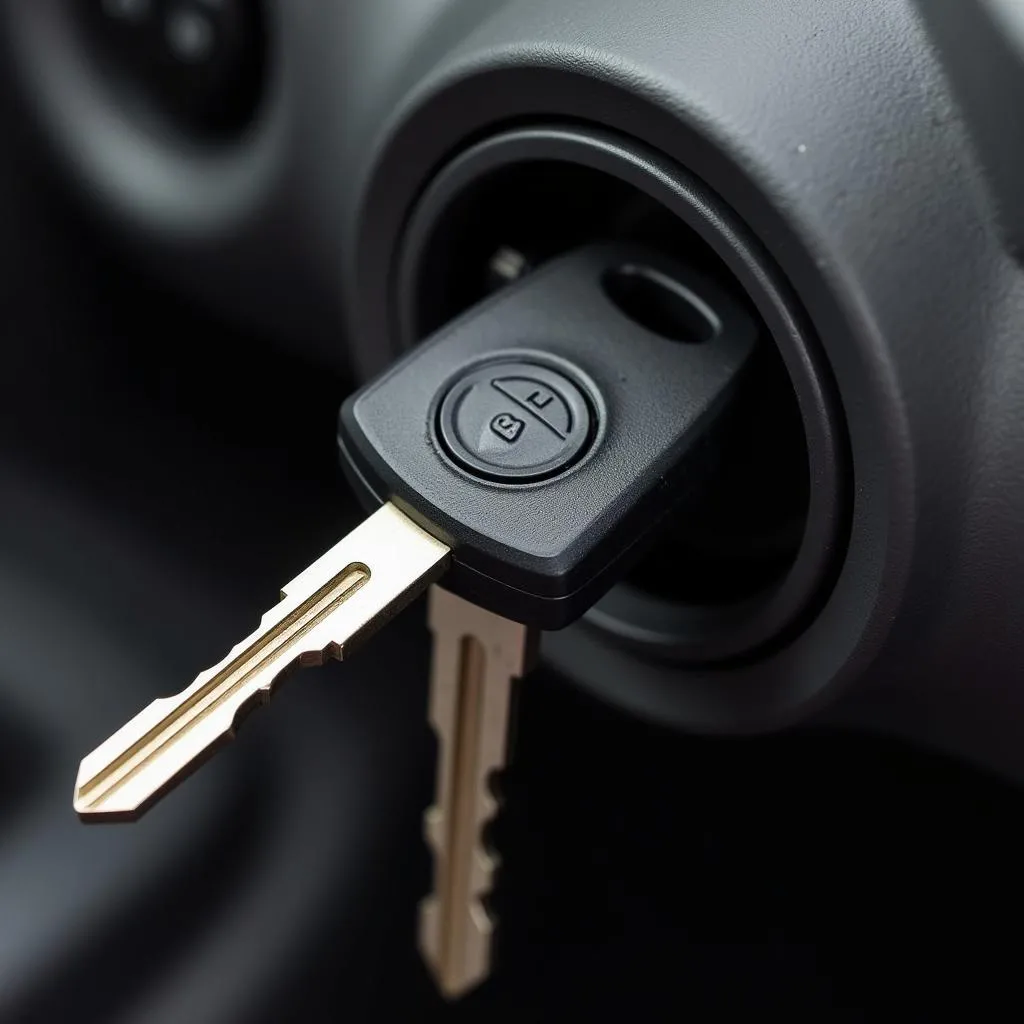An electrical drain in your car can be a frustrating and perplexing problem. It can leave you stranded with a dead battery and wondering what’s draining your car’s power. This comprehensive guide will help you understand, diagnose, and fix that pesky electrical drain, getting you back on the road in no time.
Understanding the Basics of an Electrical Drain
A car battery isn’t just for starting the engine; it also powers various electrical components, even when the car is off. These include the clock, radio memory, security system, and certain control modules. A small amount of current draw is normal, but an excessive drain indicates a problem. This “parasitic draw,” as it’s often called, can slowly deplete your battery, leading to a no-start situation.
Common Causes of an Electrical Drain in Car
Several culprits can cause an excessive electrical drain. Faulty or stuck relays, interior lights left on, aftermarket accessories improperly installed, and even a glove compartment light staying on due to a faulty switch can be the source of your car battery woes. More complex issues can involve the alternator, faulty wiring, or even a malfunctioning control module.
Diagnosing an Electrical Drain: A Step-by-Step Guide
- Gather Your Tools: You’ll need a multimeter, protective gloves, and optionally, a test light.
- Prepare Your Car: Turn off all accessories, lights, and the ignition. Close all doors and ensure the car is in a quiet environment to minimize interference.
- Connect the Multimeter: Set your multimeter to the DC amps setting (usually 10A or 20A). Disconnect the negative battery cable. Connect the red lead of the multimeter to the negative battery terminal and the black lead to the negative battery cable.
- Observe the Reading: A healthy car should have a parasitic draw of less than 50 milliamps (0.05 amps). A higher reading indicates an electrical drain.
- Isolate the Circuit: Begin by removing fuses one at a time while observing the multimeter reading. A significant drop in the reading when a specific fuse is removed indicates the circuit with the drain.
how to open honda accord key fob
Using a Test Light for Diagnosing Electrical Drain
A test light can be a simpler alternative for identifying the faulty circuit. Connect the test light between the negative battery terminal and the negative battery cable. If the light illuminates, there’s a drain. Then, systematically disconnect components or remove fuses until the light goes out, pinpointing the issue.
Fixing the Electrical Drain
Once you’ve identified the problematic circuit, the repair will depend on the specific cause. A blown fuse is a simple fix. However, a faulty relay, wiring issue, or malfunctioning component might require professional assistance.
Seeking Professional Help for Complex Electrical Drains
“Electrical systems can be intricate,” says automotive electrical specialist, David Miller. “While simple fixes can be done DIY, complex issues like faulty control modules require specialized diagnostic equipment and expertise.” Don’t hesitate to seek professional help if the diagnosis and repair seem beyond your capabilities.
Preventing Future Electrical Drains
Regular maintenance and mindful habits can help prevent future electrical drains. Ensure proper installation of any aftermarket accessories. Double-check that interior lights, glove compartment lights, and trunk lights are off when you exit the vehicle. Addressing any flickering lights or unusual electrical behavior promptly can prevent bigger problems down the line.
“Preventive measures can save you time, money, and the headache of a dead battery,” advises Miller. “Regular inspections by a qualified technician can catch potential problems early on.”
Conclusion
An electrical drain in your car can be a nuisance, but with the right approach, it’s a solvable problem. By understanding the common causes, following the diagnostic steps, and taking preventative measures, you can keep your car’s electrical system healthy and avoid those frustrating dead battery situations. Addressing the electrical drain effectively will ensure reliable starts and a smooth driving experience.
hyundai sonata key fob battery
 Mechanic Fixing Car Electrical System
Mechanic Fixing Car Electrical System
FAQ
- What is a normal parasitic draw for a car? A healthy car should have a draw of less than 50 milliamps (0.05 amps).
- Can an aftermarket stereo cause an electrical drain? Yes, improperly installed aftermarket accessories, including stereos, can be a common source of drains.
- How do I test for an electrical drain? You can use a multimeter or a test light to test for an electrical drain.
- What should I do if I can’t find the source of the drain? If you can’t locate the source, seek professional help from a qualified automotive electrician.
- Can a bad alternator cause an electrical drain? While a bad alternator can cause battery drain, it’s usually due to undercharging rather than a parasitic draw.
- How can I prevent electrical drains in the future? Ensure proper installation of accessories, double-check interior lights, and address any unusual electrical behavior promptly.
- Is it safe to drive with a small electrical drain? A small drain might not be immediately noticeable, but it can eventually lead to a dead battery. It’s best to address it promptly.


